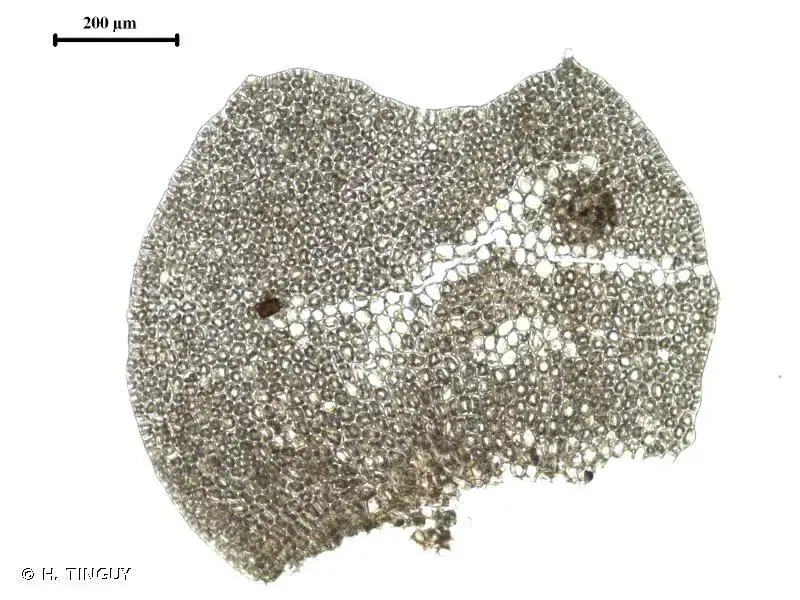
f01_635.jpg from: https://bioone.org/journals/Herzogia/volume-29/issue-2/heia.29.2.2016.635/Notes-on-iLophozia-i-VIII-The-Lectotypification-of-iLophozia-longiflora/10.13158/heia.29.2.2016.635.full
Exploring the Fascinating World of Lophozia alpestris var. curvula (Nees) Schiffn. Moss
Introduction

4-Cephaloziella-hampeana-Nees-Schiffn-ex-Loeske-1-Fertile-branch-showing-bracts-and.png from: https://www.researchgate.net/figure/4-Cephaloziella-hampeana-Nees-Schiffn-ex-Loeske-1-Fertile-branch-showing-bracts-and_fig1_312597998
Mosses may be small, but they play a big role in many ecosystems around the world. One particularly interesting species is Lophozia alpestris var. curvula (Nees) Schiffn., a member of the Anastrophyllaceae family. Also known simply as Lophozia

431859.jpg from: https://inpn.mnhn.fr/espece/cd_nom/6352
, this tiny but mighty plant is worth taking a closer look at.
Background
Lophozia alpestris var. curvula

313349.jpg from: https://inpn.mnhn.fr/espece/cd_nom/6365/tab/fiche
is a type of leafy liverwort, which are non-vascular plants in the division Marchantiophyta, class Jungermanniopsida. Liverworts are some of the oldest land plants, first appearing over 400 million years ago. There are over 7000 species found all around the world.
Morphology and Identification
L. alpestris var. curvula forms small, dense mats on rocks, soil, or tree bark. The shoots are only 1-3 cm long. The leaves are succubous (oriented towards the shoot tip), bilobed, and curved or hooked at the tips, hence the variety name “curvula“. Oil bodies are present in the leaf cells.
The underleaves are small or absent. Lophozia is dioicous, meaning male and female reproductive structures are on separate plants. The female plants produce perianths (protective structures around the archegonia). Identification often requires microscopic examination of leaf shape and cell details.
Global Distribution and Habitat
L. alpestris var. curvula has a wide distribution across the Northern Hemisphere, including Europe, Asia, and North America. As the species name “alpestris” suggests, it is often found in alpine or subalpine habitats, such as on mountain slopes or in rocky tundra. However, it can also grow at lower elevations in cool, humid microclimates like ravines, crevices, or near waterfalls.
This moss is able to tolerate harsh environmental conditions like cold temperatures, high winds, intense UV radiation, and periodic desiccation. It often grows intermixed with other bryophytes and lichens.

thumb-2109149503_6NC5aEqt_a3d87413fd7940982db963c8877f7176ec4a7fc9_700x1063.jpg from: https://www.treeinfo.net/ti_gallery_free/1695

228847.jpg from: https://inpn.mnhn.fr/espece/cd_nom/96591
Ecological Roles and Adaptations
Like other mosses, Lophozia

lophozia_ascendens.jpeg from: https://www.korseby.net/outer/flora/bryophyta/lophoziaceae/index.html
plays important ecological roles:
- Helps retain moisture and stabilize soil/gravel

medium.jpg from: https://enciclovida.mx/especies/147451
- Provides shelter and food for invertebrates
- Pioneers the colonization of bare substrates
- Indicator of air and water quality (sensitive to pollution)
To survive in alpine environments, L. alpestris var. curvula has several key adaptations:
- Thick cell walls and small, dense growth form to reduce water loss
- Dark pigments to protect from UV radiation damage
- Freezing tolerance and ability to photosynthesize under snow
- Reproduction via spores and asexual fragmentation

Lophozia%2Bbicrenata%2B2.2.18%2BTroedyrhiw%2BP1200160.JPG from: https://southwalesbryos.blogspot.com/2018/03/out-and-about.html
Conclusion

Tumid-Notchwort-Lophozia-ventricosa-from-Shaftoe-Crags-2048×1536.jpg from: https://www.nhsn.org.uk/the-hidden-world-of-bryophytes-in-the-north-east/
From mountain peaks to microscope slides, Lophozia alpestris var. curvula is a fascinating example of how much diversity and intrigue can be packed into such a small package. This humble moss has much to teach us about resilience, adaptability, and the interconnectedness of life. What other secrets are hiding in the miniature world beneath our feet?